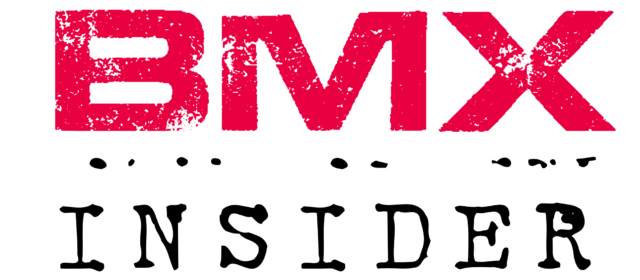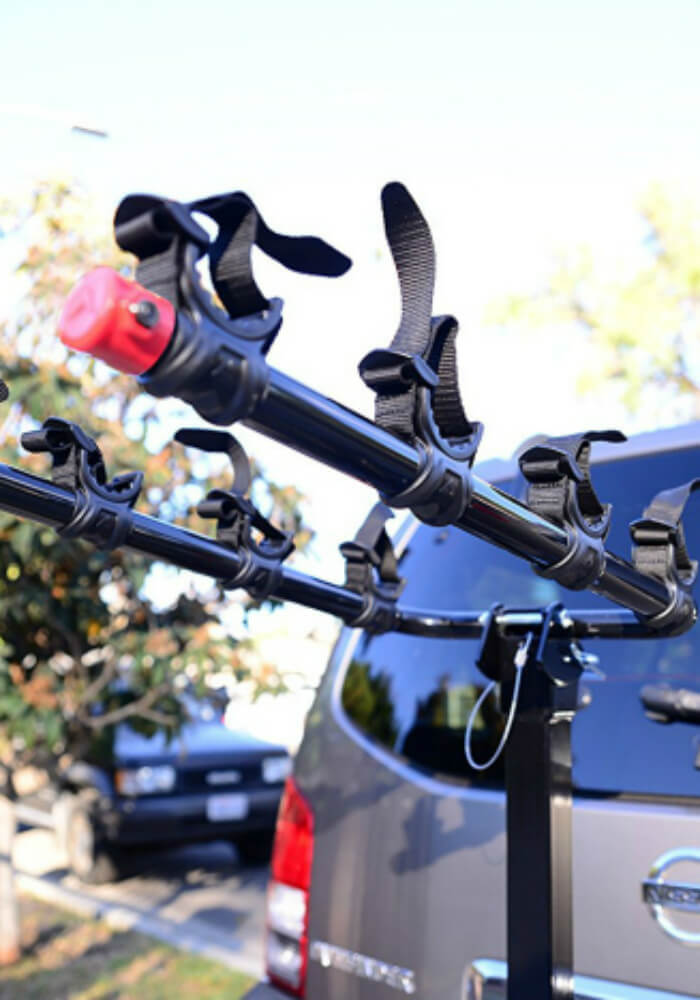Choosing the right BMX bike size is essential for comfort, performance, and safety. This post will help you determine the best fit based on your height and preferences. Read on to learn about BMX bike sizing, including frame size, wheel size, and mistakes to avoid.

A properly sized BMX bike ensures better control, improved maneuverability, and a more enjoyable riding experience. Whether you’re a beginner, an experienced rider, or selecting a bike for you or your child, finding the right fit is crucial. BMX bikes come in various frame sizes, wheel sizes, and geometries, which can make selecting the right one overwhelming. Factors such as rider height, skill level, and weight all play a role in determining the best BMX bike size
This guide will walk you through everything you need to know about BMX bike sizing, including frame and wheel dimensions, , and common sizing mistakes to avoid. Read on to learn how to choose the ideal BMX bike that suits your needs and enhances your riding experience.
How to Determine the Right BMX Bike Size for You?
There are three main factors for BMX sizing:
- Height of the rider
- Weight of the rider
- Comfort
While height and weight are pretty straightforward, comfort will vary between the different riders. Different riders may prefer a larger or smaller bike depending on their preferences.
BMX tracks can also be a valuable resource in choosing the perfect bike for you. Many local BMX racing tracks may have some test feature that allows you to ride a sample bike a few times around the track. This can allow the rider to try out different bikes to see which one fits best for them. A test ride is the best way to determine if a BMX bike fits correctly. You should be able to sit on the bike and make sure your feet can touch the ground safely, and while you are in the riding position the handlebars are in good arms reach. If these steps are not able to be completed, then the bike is most likely not your size.
Below is the recommended sizing guide based on the dimensions of the rider.
| Rider Height | Rider Weight | Frame Size | Top Tube Length |
| 4’0″ and under | 40 to 65 lbs | Micro-Mini | 15″ to 16″ |
| 4’0″ to 4’6″ | 50 to 85 lbs | Mini | 16″ to 17.5″ |
| 4’4″ to 4’10” | 60 to 100 lbs | Junior | 17.5″ to 18.5″ |
| 4’8″ to 5’4″ | 70 to 110 lbs | Expert | 18.5″ to 20″ |
| 5’2″ to 5’8″ | 75 to 125 lbs | Expert XL | 19″ to 20″ |
| 5’6″ to 5’10” | 100 lbs and over | Pro | 20″ to 20.5″ |
| 5’10” to 6’0″ | 140 lbs | Pro XL | 20.5″ to 21″ |
| 6’0″ and over | 160 lbs | Pro XXL | 21″ to 22″ |
What Does Each Frame Size Mean?
BMX bikes come in various sizes to accommodate different riders:
- Micro Mini (16-inch wheels): Best for young kids starting in BMX.
- Mini (18-inch wheels): Ideal for kids who have outgrown balance bikes.
- Junior (19.5-inch frame, 20-inch wheels): For shorter riders transitioning to full-size BMX.
- Expert (20.25-inch frame, 20-inch wheels): Suitable for teenagers and smaller adults.
- Pro (20.5-inch to 21-inch frame, 20-inch wheels): The standard size for adult riders.

What Wheel and Rim Size Should I Purchase When I Have My Frame?
Most BMX wheels are 20″, which are smaller than mountain bike or road bike wheels. Smaller 16″ or 18″ wheels can be found on kids bikes, and larger 22″ or 24″ wheels are used on some ‘trail’ BMX bikes used for dirt jumping. However, since we are discussing ‘BMX’ track racing, we will refer to a bike with 20″ wheels.
Racing BMX bikes fall into two categories, depending on wheel size. The first is 20″ – the most common, the second is 24″ or ‘cruiser’. Cruiser bikes are popular amongst taller or older riders, and also offer more stability.
Rims are made of aluminum and can be single, double or triple-walled. The more layers of metal, the more structural support the rim has, but this will also add a little weight. The choice for most riders is the double wall as it is a good balance of strength and weight.
What Are Other Parts I Should Consider?

Once you select the right BMX bike frame, you may be thinking about what other BMX bike parts you should consider to build an awesome BMX racing bike. For a beginner rider an out of the box bike will do just fine. But once you start advancing you might want to customize your bike a bit. Here we will go over a few of them.
Handle Bars
Handlebars used for BMX racing usually provide maximum weight savings while maintaining the strength to handle the rigors of BMX racing. Aluminum and carbon bars most often find themselves installed on BMX racing bikes.
Remember two things when selecting handle bars:
- Check your league rules for the maximum width allowed. Usually it is 30″ in width.
- Light weight handle bars have rider weight limits for safety. Make sure the rider does not exceed these specs.
Chains and Sprockets
If your gear size is large 58 or greater, you will go faster, but take off slower. It will take longer to reach top speed. Snapping out of the gate, going uphill, powering out of turns, etc. will be harder with a high gear. On the other hand, a low gear size of 55 or less will result in a better start, but lower overall speed.
You Are Now Ready To Hit The Track!
This article should give you enough information to choose the proper size BMX racing bike as well as the necessary parts to build a bike to suit your needs. Check back with BMX-Insider.com often for the latest tips and articles to give you the edge needed to be the best rider you can be.


